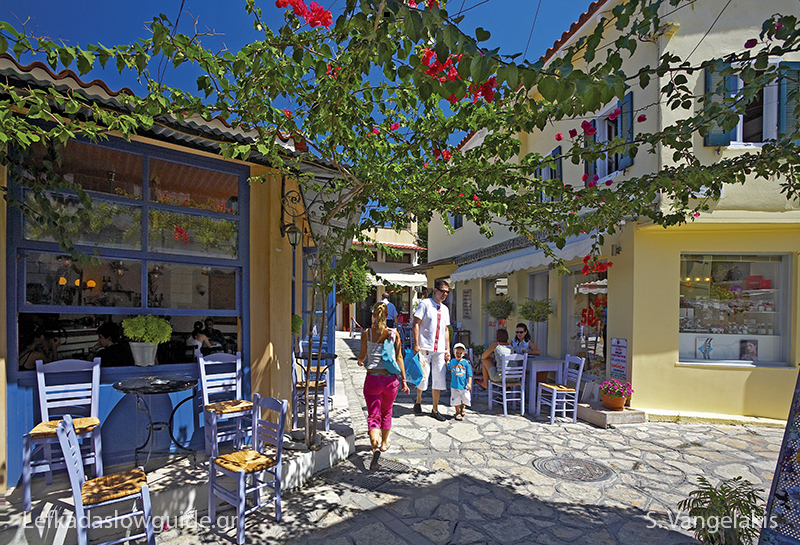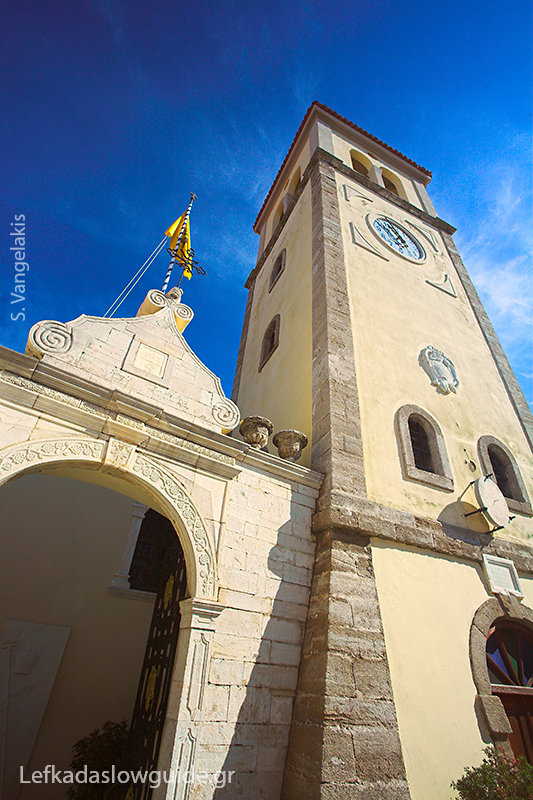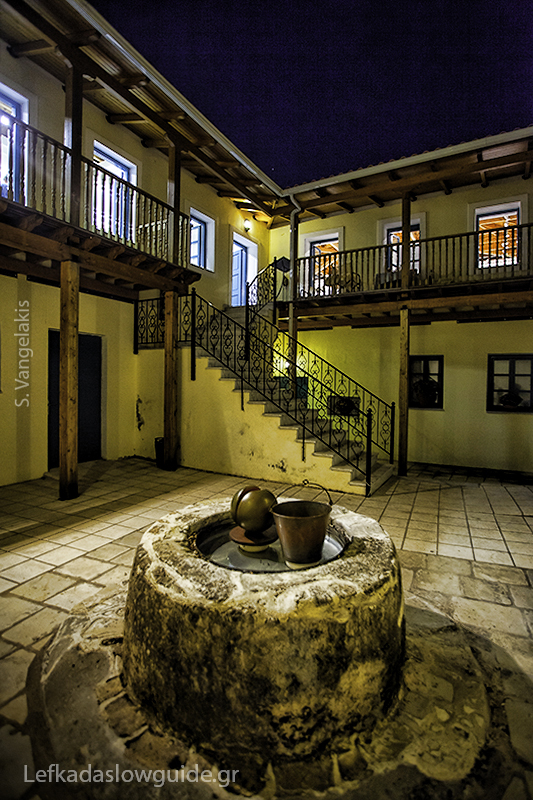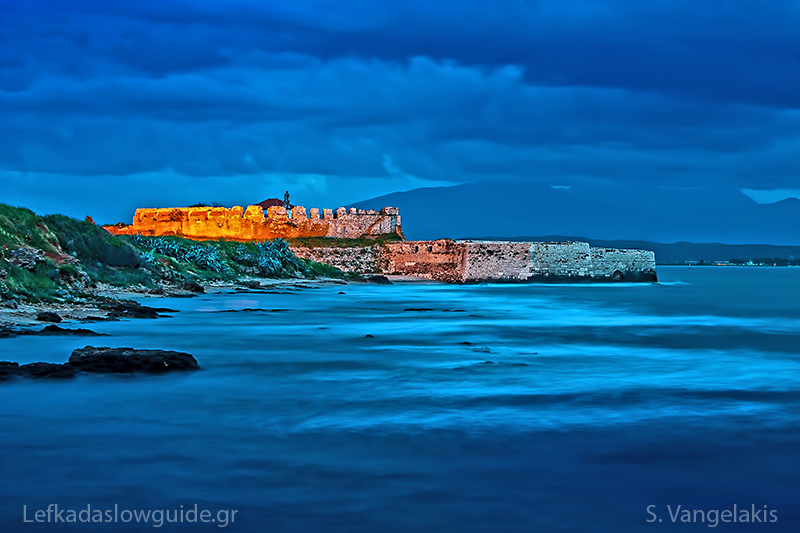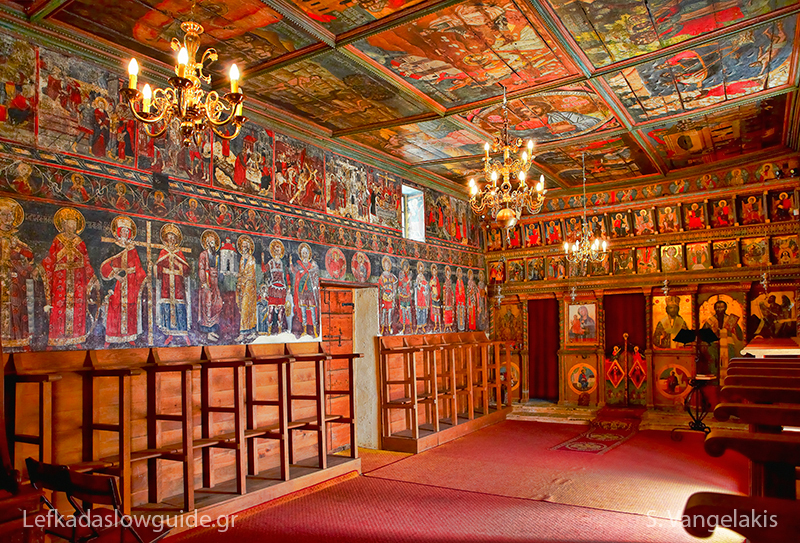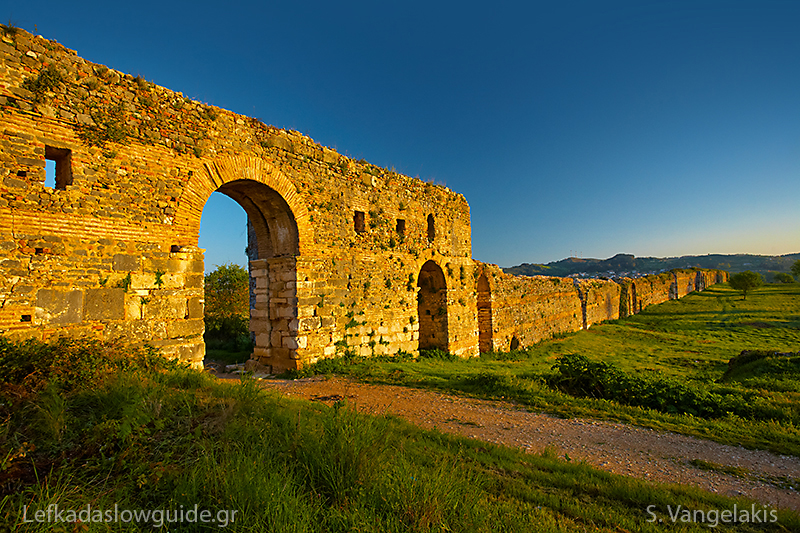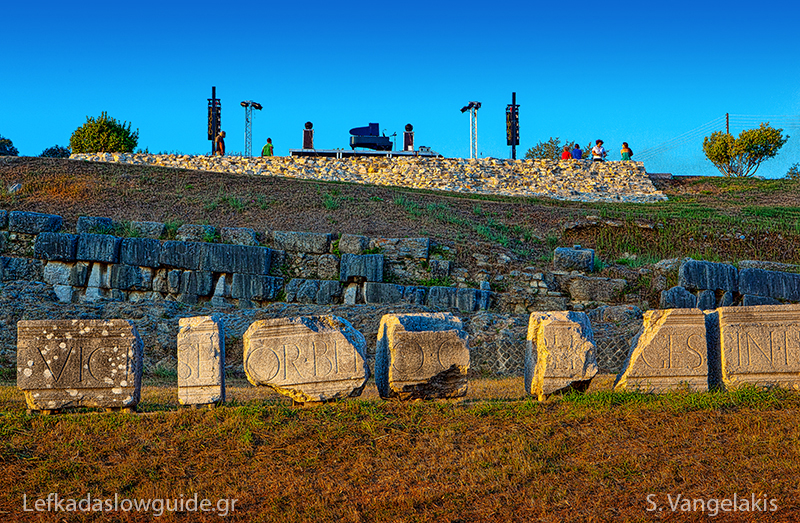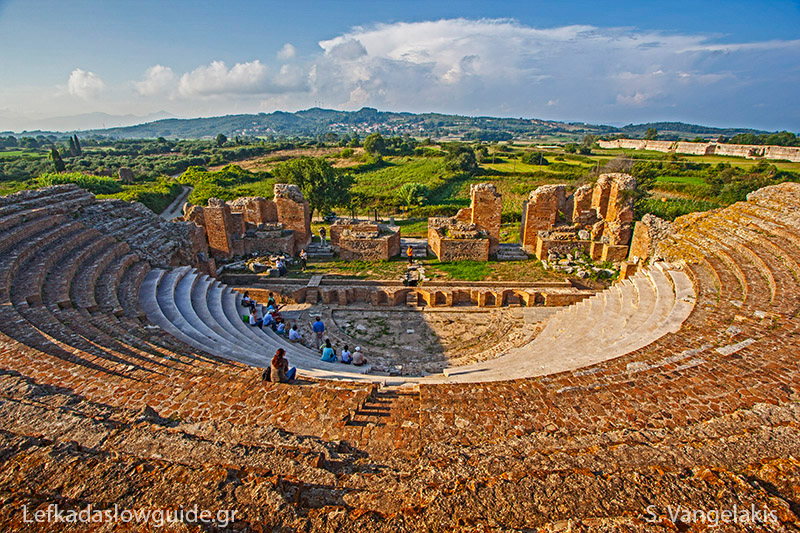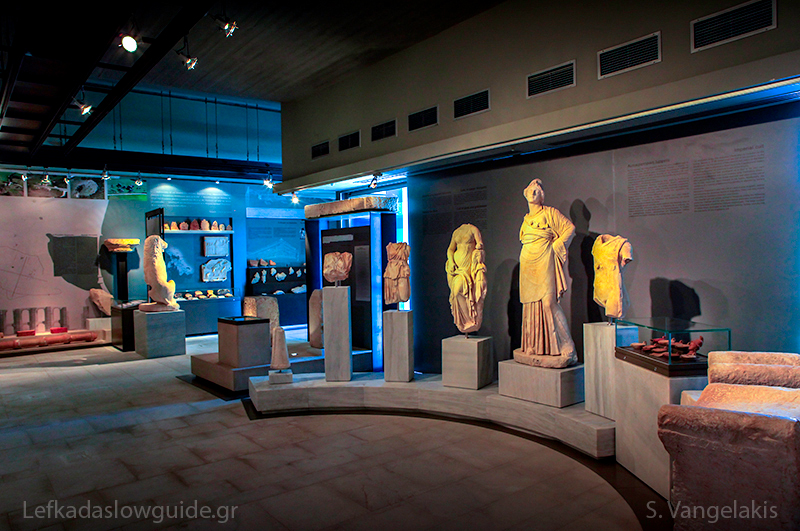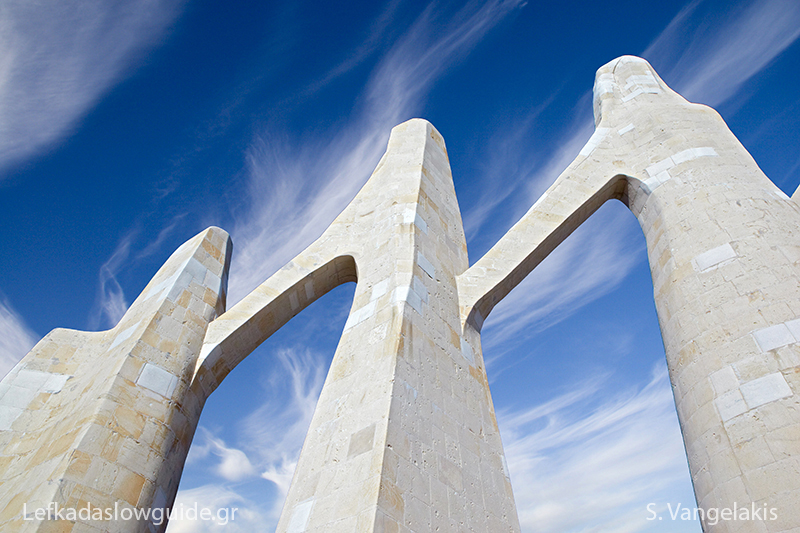Walking around the town
The island character of this town make you forget that Preveza is in fact on the mainland of Epirus. Its lacy shores and blue sea blend seamlessly into the lush, green landscape. Preveza, according to one etymological theory, got its name from the Slavic word “perevoz” which means “crossing”; it is true that this port of Epirus served, in the past, as a bridge in the communications between Greece and Italy and, also, between the regions of Epirus and Sterea Ellada (Mainland Greece).
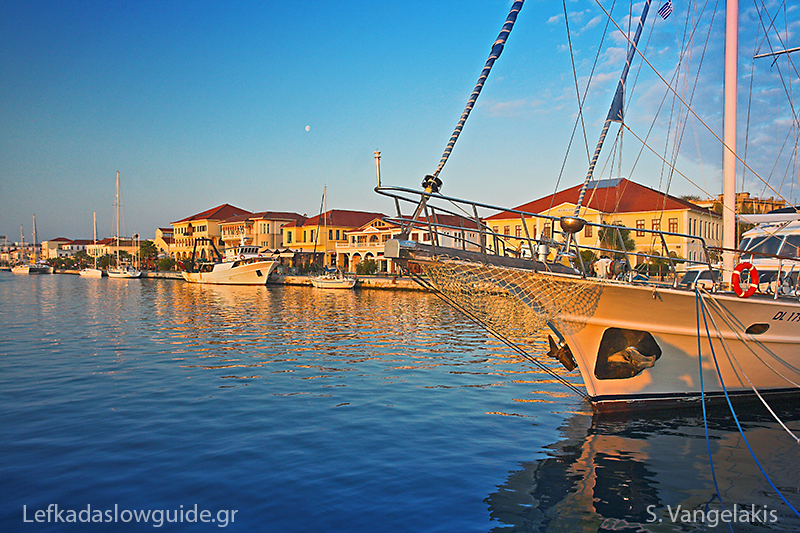
Preveza is an original, unspoiled town, noble and multi-faceted; the first thing visitors perceive when they arrive is its happy, urban character. However, its long history of glorious times interchanged with those of senseless bloodshed in the hands of conquerors becomes evident as you walk around it.
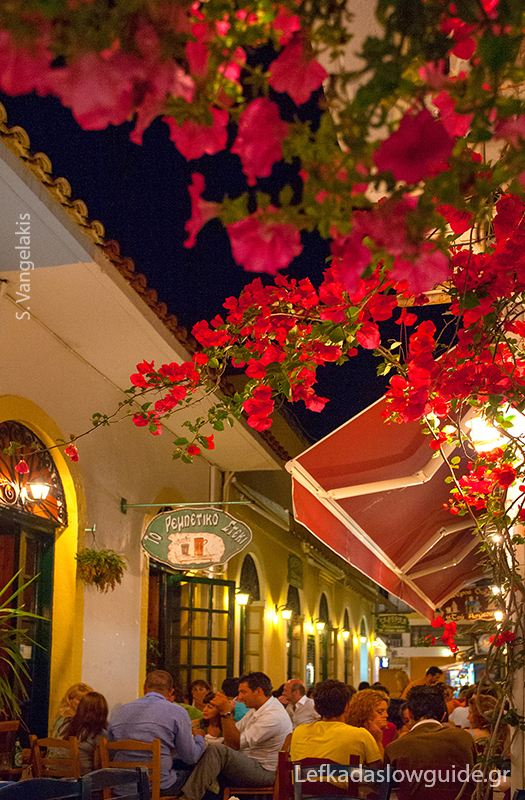
The best way to begin your acquaintance with Preveza is by taking a casual walk around the port passing by the majestic 19th century neoclassical buildings right on the seafront. On the right-hand side you will find coffee shops and traditional tavernas well worth a stop especially if you are looking for a cool spot on a hot summer’s evening. Let your steps lead you along the town’s narrow, paved streets, where the smell of jasmine prevails. Visit the interesting churches, like Agios Athanassios, with the elaborate ornamentation, or Agios Charalambos, right next to the Clock Tower. Go to the Castle of Agios Andreas and the Almighty, to get a small taste of the city’s century-long history and to admire the glorious colours of the sunset.
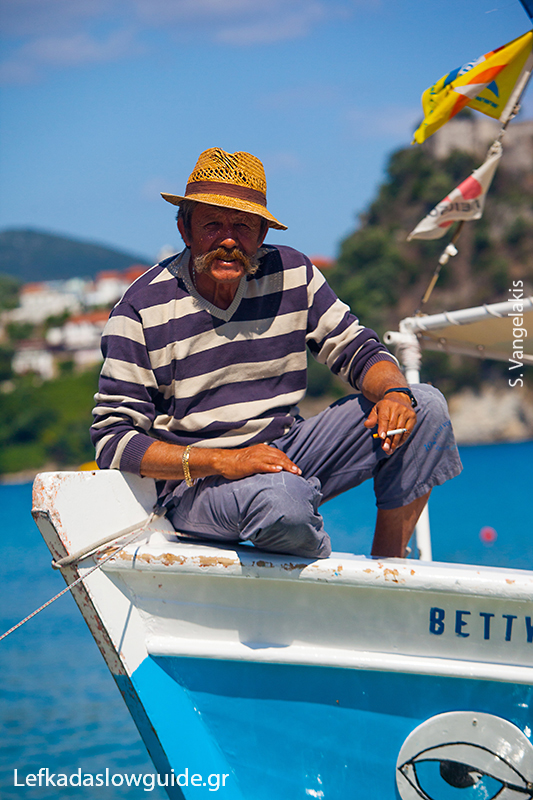
Before leaving Preveza to visit the archaeological sites in the area around it, make sure you have tasted the local cuisine, seafood, succulent prawns and delicious fish straight from the Ambracian Gulf.

